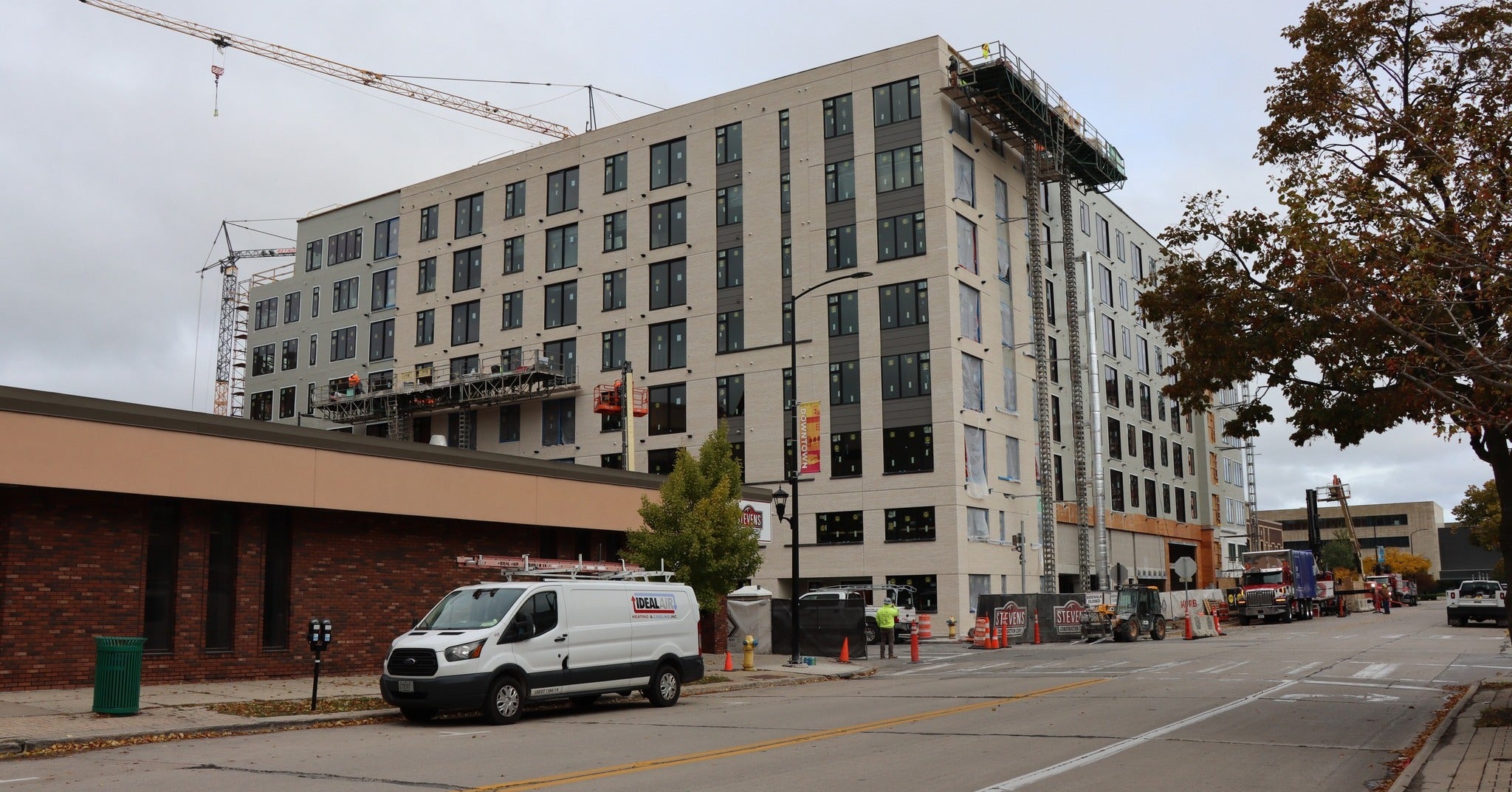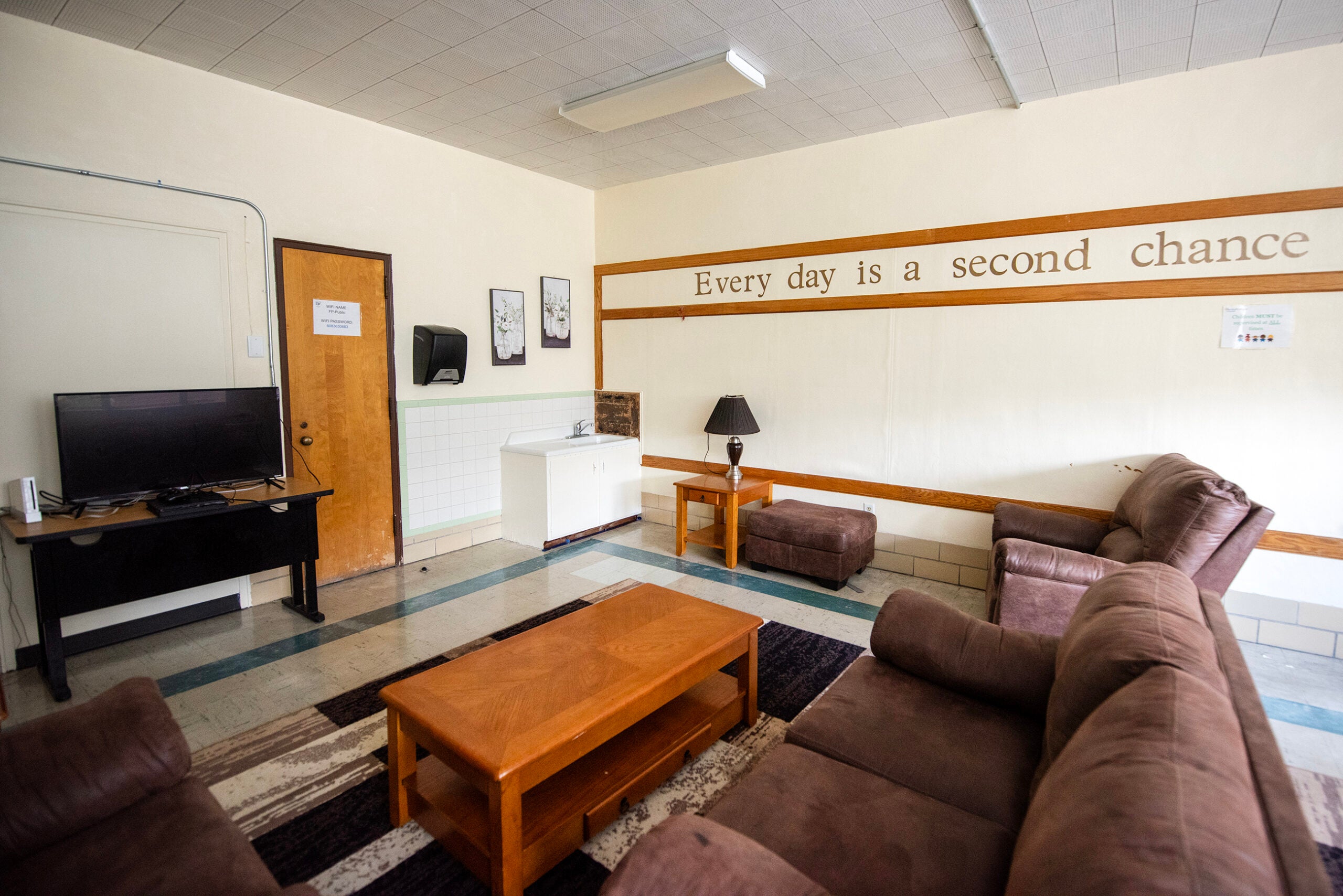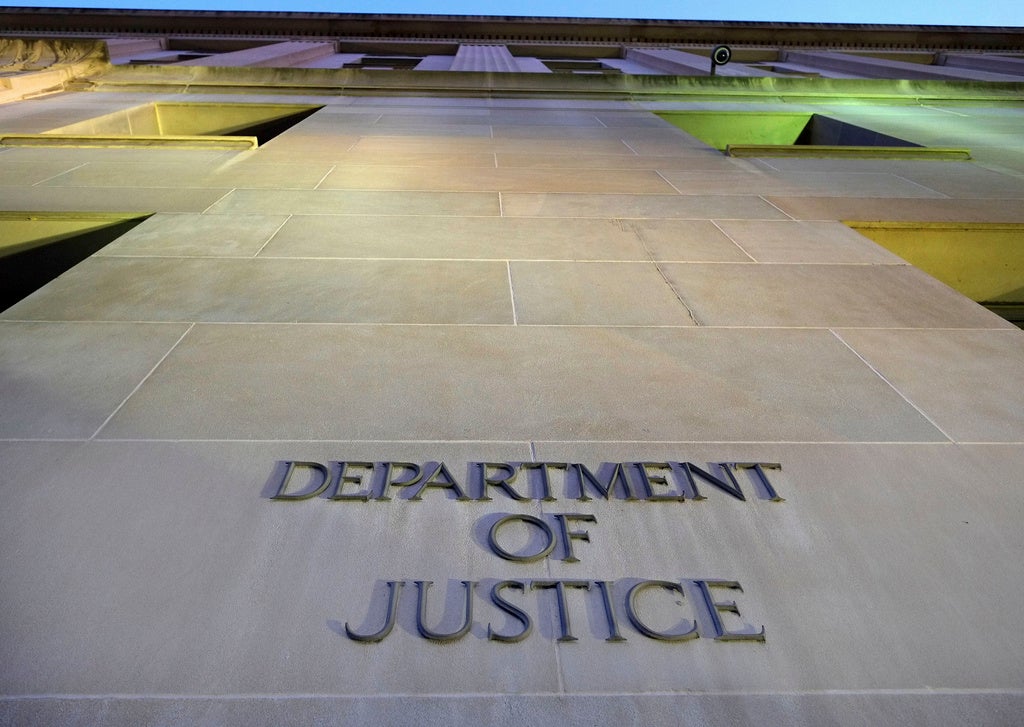David Rivera-Kohr, a graduate student at the University of Wisconsin-Madison, rents a two-bedroom apartment in the city for roughly $1,200 per month.
When his current lease ends, Rivera-Kohr said his rent is set to increase to around $1,500, plus utilities.
“Even at my current rent, I’m essentially breaking even every month,” he said. “I haven’t really been able to save money on a grad student income for quite a while.”
News with a little more humanity
WPR’s “Wisconsin Today” newsletter keeps you connected to the state you love without feeling overwhelmed. No paywall. No agenda. No corporate filter.
And he’s not the only one on the property who’s struggled to put money away while paying for necessities, he said.
Some of his neighbors are retirees on a fixed income, and make less per month than their rent will be after the increase, Rivera-Kohr said.
“My next door neighbor is 75, and she’s basically saying, ‘I am not going to really be able to afford groceries,’” he said. “A lot of those older folks also feel like they’re kind of stuck here because they have a bunch of stuff that they would need to move out — they don’t feel physically or financially capable of moving.”
Across Wisconsin, renters have been struggling to make ends meet amid rising housing costs. Eviction filings in the state were up 18 percent in January from their pre-pandemic average, according to data from the Eviction Lab at Princeton University.
A report last month from the real estate website Rent. found Wisconsin was among the 10 states with the steepest rent increases from January 2023 to the same month this year. The report said the state’s rent prices rose by more than 8 percent during that period, with a median monthly rent of $1,552.
Kate Terhune, director of brand for Rent., said units added to the national rental market from new construction increased by 50 percent from last year, meaning there were more apartments available at the national level than in 2023. She said that helped stabilize the country’s rental rates overall.
“When you look at Wisconsin and Milwaukee, in particular, that increase is only 39 percent, so we see 39 percent more available units this year than we did last year, which is less than the national average,” she said. “There is going to be some push and pull with demand when you start looking at availability of units.”
A 2023 report from Forward Analytics, the research arm of the Wisconsin Counties Association, found the state needs to build at least 140,000 housing units by 2030 to keep pace with current demand, and 227,000 units if it wants to grow its working-age population. The National Low Income Housing Coalition estimates the state has a shortage of 123,864 rental homes affordable and available for low-income renters.
SR Mills, chief executive officer of Bear Real Estate Group in Kenosha, said the state’s short on just about every type of housing, from apartment complexes to single-family homes.
“Demand continues to outstrip supply, which is why we see prices still going up,” Mills said. “It’s a unique phenomenon, and it’s gonna take a lot of effort, specifically on the workforce (housing) side, to work our way through it.”
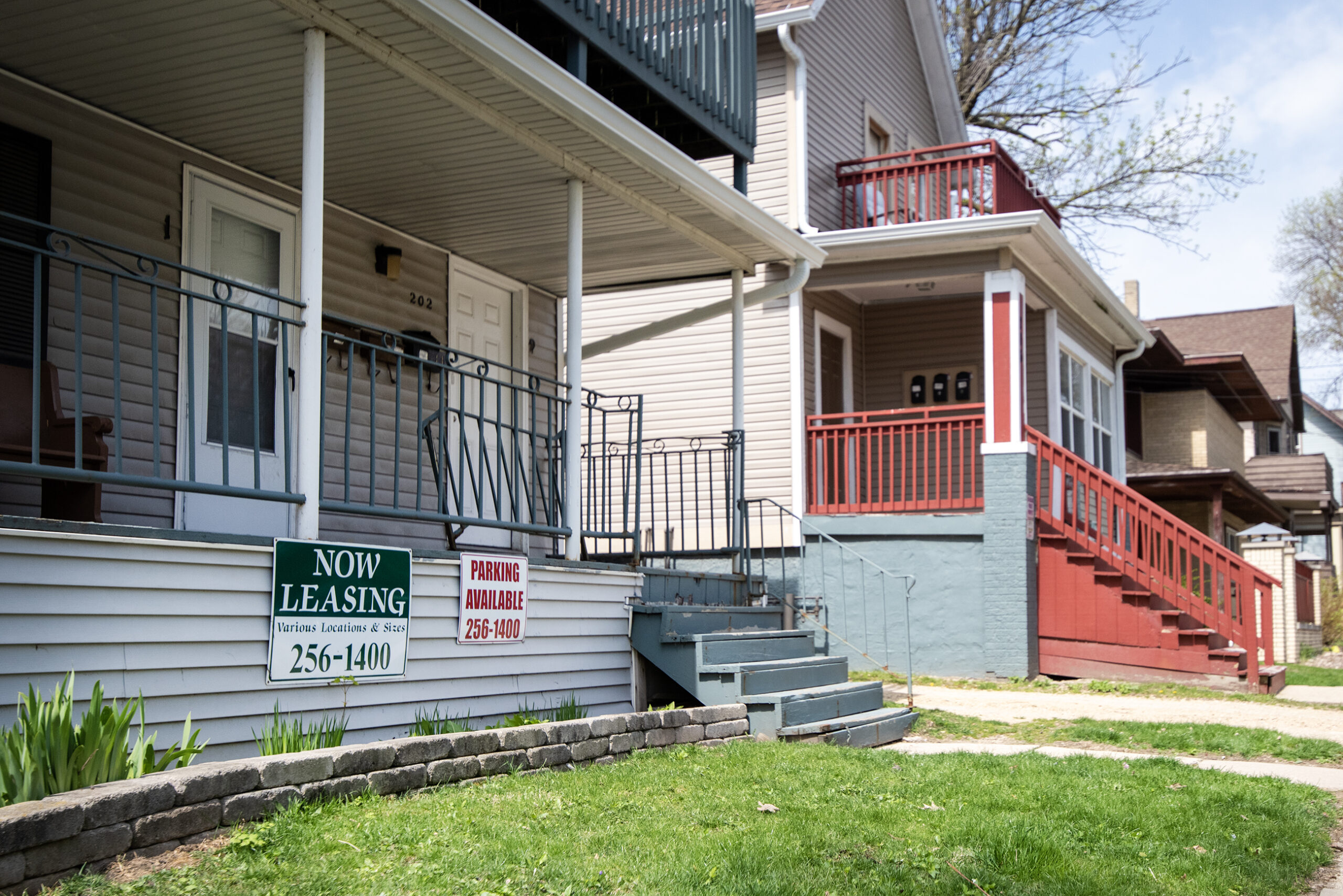
Where is rent the highest in Wisconsin?
Like most states, the places with the highest fair market rents in Wisconsin are near large cities. Fair market rents are a baseline for rental prices, meaning landlords can rent their properties for more than fair market values.
Pierce, St. Croix, Kenosha, Dane and Milwaukee counties have the highest fair market value rents in the state, according to data from the U.S. Department of Housing and Urban Development.
Pierce and St. Croix counties are both included in the Minneapolis and St. Paul metro area, and both had fair market rents for two-bedroom units set at $1,622, up from $1,214 in 2020. Kenosha County, meanwhile, had a fair market rent for a two bedroom apartment of $1,401, up from $1,040 in 2020. Although HUD lists Kenosha as its own metropolitan area, Kenosha is often included within the greater Chicago metropolitan area.
Fair market rent for a two-bedroom unit in Dane County — which accounted for about a third of Wiscosin’s population growth from 2010 to 2020 — is $1,372, up from $1,186 in 2020. The average rent for a two-bedroom apartment in Madison is $1,887, according to Rent.
In Milwaukee County, as well as neighboring counties within Milwaukee’s metropolitan area, the fair market value of a two bedroom apartment is $1,170, up from $922 in 2020. But the average rent for a two-bedroom apartment in Milwaukee is $1,730, according to Rent.
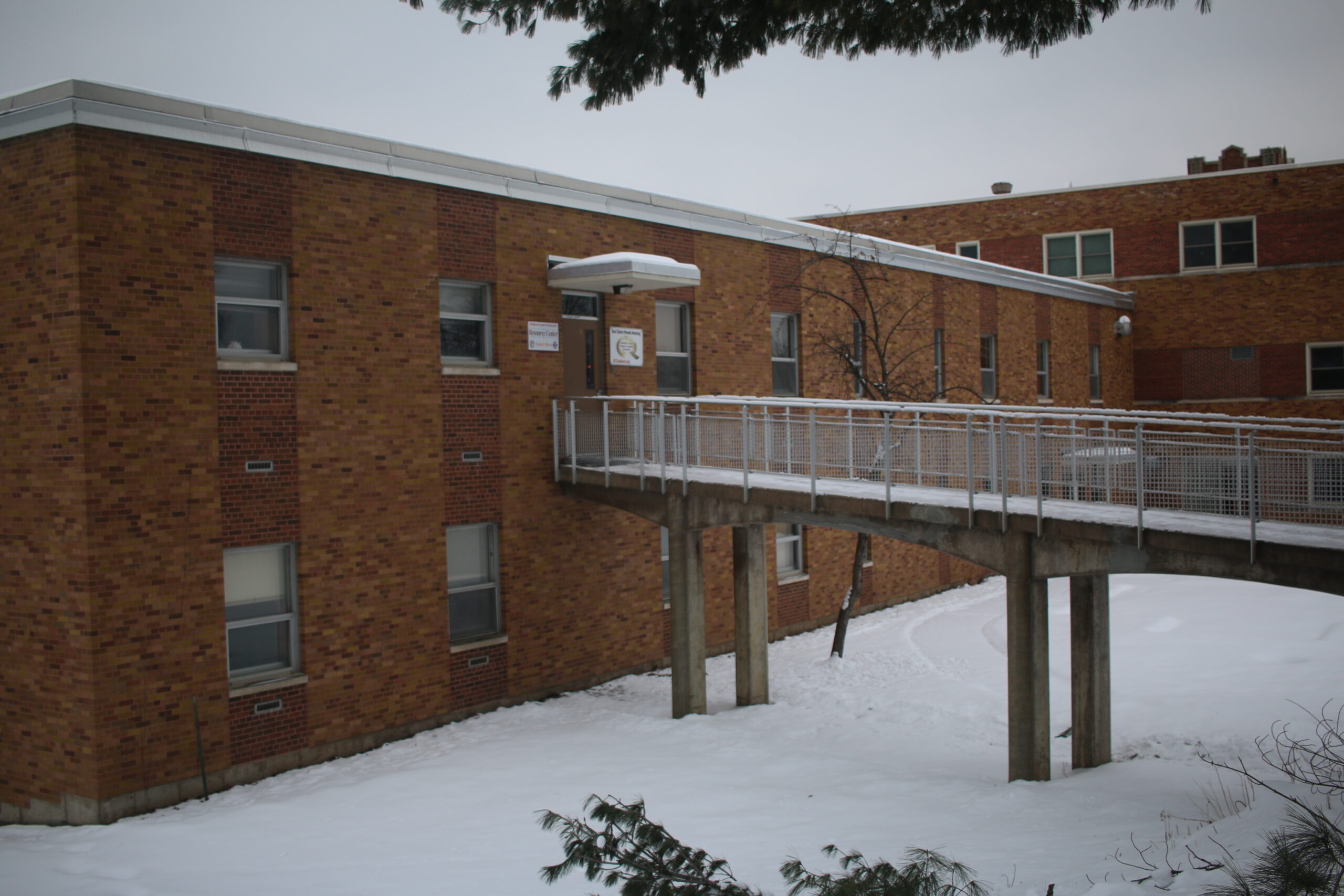
Rising rents also an issue in medium-size cities
Connie Raether is the secretary of the Fox Cities Housing Coalition and a board member for Pillars, one of the largest shelters in the Fox Valley. While rents in Madison and Milwaukee are typically higher than in medium-size cities like Appleton, Raether said rising rents have become a major problem in the Fox Valley.
“There’s problems with people who have lived in a place for quite a while, and it’s bought by someone else,” she said. “They buy it, they spruce it up and then they raise the rent. I know people who’ve had to move because of that.”
Fair market rent for a two-bedroom apartment in the Appleton metro area is $983, but the average rent for a two-bedroom apartment in the city is $1,452, according to Rent.
Raether said shelters in the Fox Cities are seeing more people in their 60s than they have before, and the Appleton Area School District has identified more than 500 students who are experiencing homelessness.
“That’s a pretty sad situation, when you have 16- and 17-year-olds sleeping on bunk beds in a homeless shelter,” she said.
Chris Mokler is director of Legislative Affairs for Wisconsin Real Estate Investors, formerly the Wisconsin Apartment Association, and a Fox Valley realtor. He said inflation and a lack of supply are leading to rising rents across Wisconsin because landlords often have to increase rents to keep their business alive.
“A lot of landlords are small landlords and have a job outside of it, but if they have to start feeding their rental property with income from their other job, that doesn’t work very well to pay their own utilities, taxes and groceries,” he said. “Same thing with a larger investor. Why is he investing in a property? To lose money?”
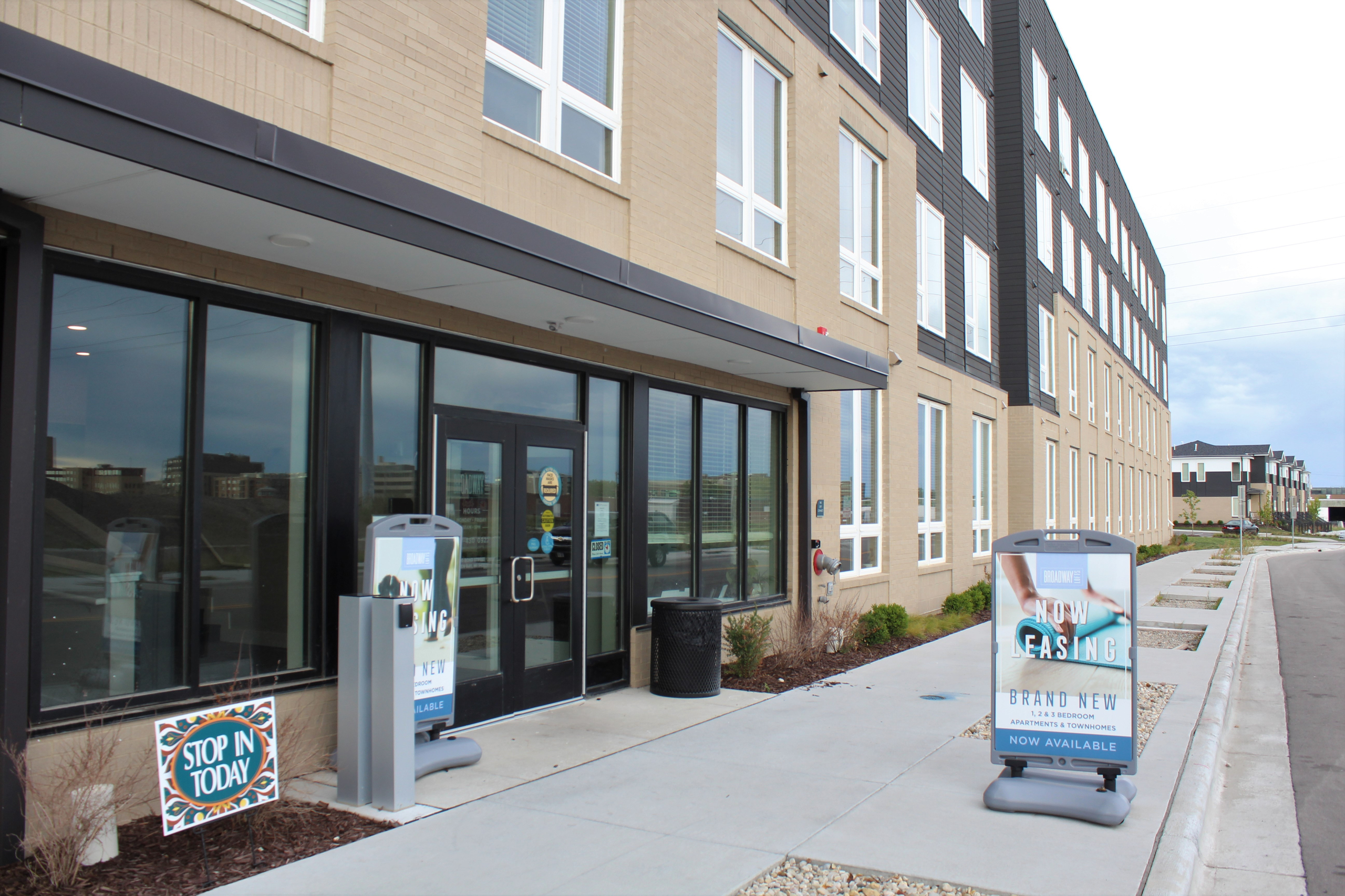
What can be done?
Mills, the CEO from Kenosha, said it’s hard for developers to make the numbers work when building workforce housing.
He said large, multi-family developments often require financial incentives from municipalities in the form of tax incremental financing or state tax credits from the Wisconsin Housing and Economic Development Authority.
“It’s really tough to create housing to fit that need,” he said. “The higher end can somewhat take care of itself just because the economics are such that it can still work.”
That’s why Mills says it’s important for developers to diversify the types of housing they’re building.
He said his company is working on high-end housing developments, as well as workforce housing. One of those projects is set to be the largest private affordable housing development in Wisconsin, a planned 576-unit project in Milwaukee.
The state is expected to begin rolling out loan programs aimed at incentivizing workforce housing development this year, as part of a package of state housing bills signed into law last year. Mills said those programs are a good first step toward addressing the issue, but “there’s no silver bullet.”
Wisconsin Public Radio, © Copyright 2025, Board of Regents of the University of Wisconsin System and Wisconsin Educational Communications Board.



